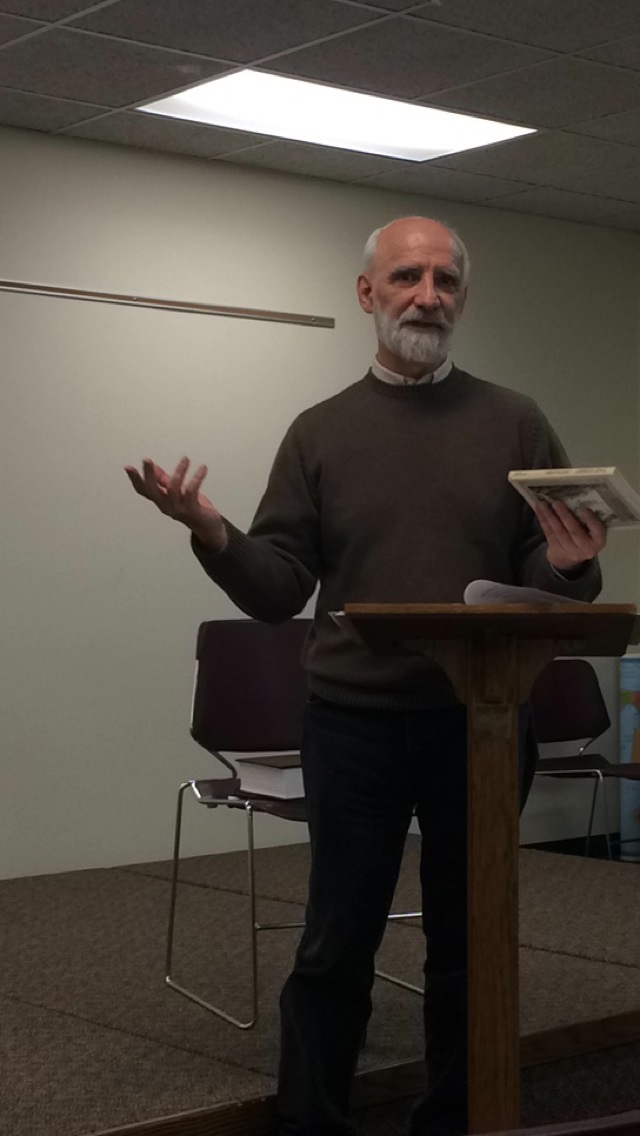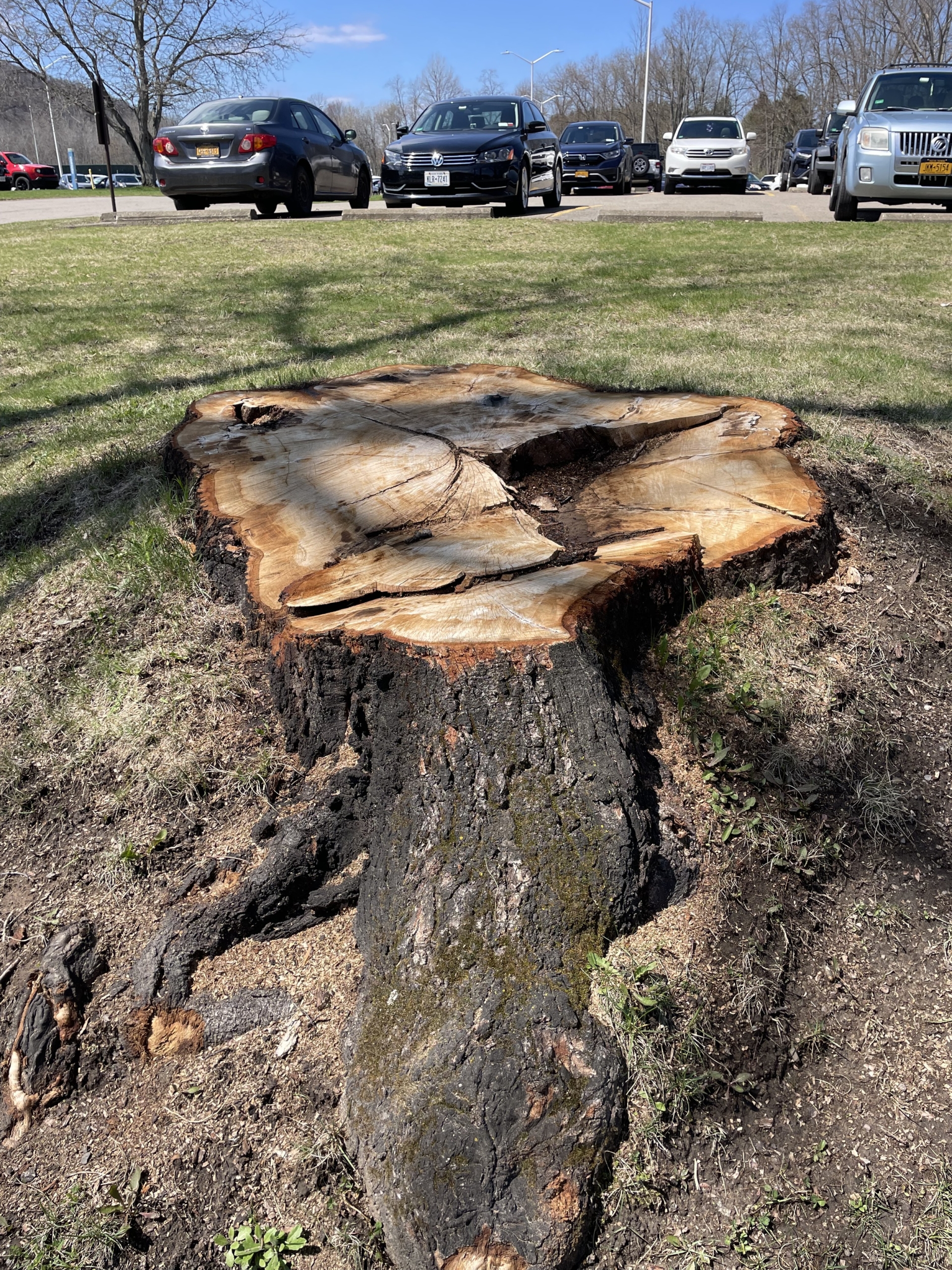By Hannah Gordon
News Editor
The director of the Friedsam Memorial Library presented on “The Hobbit” and the author J. R. R. Tolkien’s world.
On Tuesday, Paul Spaeth spoke at The Cuba Library to an audience of Tolkienites, self-proclaimed geeks of the author’s work.
Spaeth discussed the fantasy world of Middle-earth, where Tolkien’s novels are set, and the writer himself.
“I don’t think I have to apologize to this crowd for geeking out over this,” Spaeth began.
Spaeth brought handouts for attendees, including a select chronological bibliography of Tolkien’s published work, a map of Middle-earth and selective summaries of the first, second and third ages of Middle-earth.
Before delving into hobbits, elves and dwarves, Spaeth gave an overview of Tolkien’s backstory.
“Tolkien’s life is not very interesting,” Spaeth said.
The writer worked full time as a professor at University of Oxford, England, and was fascinated by language, according to Spaeth. This fascination gave way to Tolkien’s devising of the Elvish language, commonly used in “The Hobbit” and “Lord of the Rings.”
Decades before The Hobbit was published in 1937, Tolkien was already forming Middle-earth with maps and languages. Spaeth said Tolkien’s work was heavily influenced by his experience in World War I, which is mirrored in the many wars of Middle-earth.
The work Tolkien did with his fantasy world was a side project. Tolkien was working grading papers for extra cash when he came across a blank page of an essay, which meant he didn’t have to grade it, and that excited him, according to Spaeth.
“On that blank page he wrote ‘In a hole in the ground there lived a hobbit,’” Spaeth said.
Eventually Tolkien felt obligated to develop a world around the languages he created, according to Spaeth.
“He felt he had to set these languages in a culture because languages don’t just exist by themselves,” Spaeth said.
According to Spaeth, Tolkien was influenced heavily by George MacDonald, a Scottish author, poet and Christian minister who was a pioneering figure in the field of fantasy literature.
MacDonald developed the philosophy that fantasy writing should never refer the real world because it would pull the reader from the world that the author was developing, Spaeth said.
Tolkien met fellow writer and author of “The Chronicles of Narnia” C.S. Lewis while working at Oxford where they started an informal literary discussion group called The Inklings. Writers met and read the stories they were working on to each other. Lewis read the beginnings of “The Chronicles of Narnia” here, and Tolkien hated it. Relying on MacDonald’s philosophy of fantasy, Tolkien didn’t approve of Lewis’ clashing of the real world with his fantasy world Narnia.
Spaeth noted that readers attempt to impose a deeper meaning in Tolkien’s writing but really should not.
“Because he was a Christian, a lot of people to put all kinds of social comments into Tolkien’s writing,” Spaeth said. “He was very much affected by his Christianity, but there’s not this huge social commentary behind ‘Lord of the Rings.’”
St. Bonaventure University sophomore theology major Raevin Melendrez-Wood, attended the lecture as a self-identified “Tolkien geek.”
“As a lover all things Tolkien, the talk felt like a secret counsel,” Melendrez-Wood said. “There were representatives of varying generations, and it pleased me to see people younger than myself developing a love for this author’s work.”
Spaeth said his interest in Tolkien was sparked when he was in junior high and everyone was reading the books. He read them and was enticed by the world Tolkien created.
“Tolkien transformed fantasy literature,” Spaeth said. “There is nothing else like him. Nothing is as complete as what Tolkein did with Middle-Earth.
Spaeth will teach a class on Lewis and Tolkien at St. Bonaventure next semester.
“The Hobbit: The Battle of the Five Armies” will be released in theaters Dec. 17.







